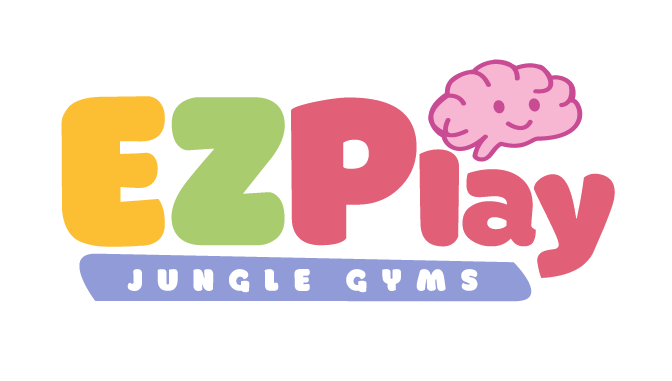
Why Every Kid Needs to Swing: Brain-Boosting Benefits of This Classic Movement 🧠💫
Remember how magical it felt to swing back and forth as a kid — wind in your face, giggles flying through the air?
Turns out, your body knew what your brain needed.
Swinging is one of the most powerful forms of vestibular stimulation — and the vestibular system is a cornerstone of healthy brain development. It’s tied to balance, focus, attention, emotional regulation, and even speech.
Let’s break down exactly why swinging is so good for your child’s brain and how to support it safely (even indoors!).👇

🧠 Why Swinging is Brain-Building Gold
1. It Fires Up the Vestibular System
The inner ear sends signals to the brain every time your child changes head position — especially during swinging, spinning, or hanging. This input helps your child develop coordination, posture, and equilibrium — essential for walking, running, and learning.
2. It Builds the Brain-Body Connection
Swinging helps integrate sensory input, which supports motor planning, core strength, and spatial awareness. The more organized the brain is, the more confident the movements (and behavior).
3. It Enhances Focus and Calm
Rhythmic movement like swinging has a calming, organizing effect on the nervous system. It can be a go-to strategy for children who need help with attention regulation, transitions, or emotional grounding.
4. It Supports Speech + Language Development
Yep — swinging can help your child talk. Research and clinical practice (especially in sensory integration OT) show vestibular input helps children access language pathways, making it easier to understand and express themselves.
🌀 What Glenn Doman Knew About Motion
Glenn Doman taught that movement is the foundation of brain development — not something separate from learning, but the gateway to it.
When children move their bodies — especially in dynamic ways like swinging — they are literally turning on their brains.
🏠 How to Bring Swinging Safely Indoors
You don’t need a huge backyard to give your child the benefits of swinging. EZPlay’s modular indoor gyms make it simple to create a safe, structured swinging setup right in your playroom or living space.
✨ Add a Swing to the Panda Playground or Koala Adventure
Our indoor gyms include compatible swing attachments so your child can swing daily — even on rainy or cold days.
👉 Explore the Panda Playground
👉 Shop the Koala Adventure
🧸 Use the Teepee Tent for Gentle Swaying
For younger babies, gentle swaying or rocking inside our Panda Teepee Tent can provide calming vestibular input, especially during wind-down time or naps.
💡 Swinging Tips by Age
Babies:
💤 Start with gentle swaying in your arms or a rocking chair to activate the vestibular system.
Toddlers:
🚀 Try back-and-forth swings on a low EZPlay bar or trapeze for full vestibular engagement.
Preschoolers+:
🎯 Add variety! Let them swing front-to-back, side-to-side, or even spin (always supervised!) to activate all vestibular canals and enhance integration.

🧠 From the Chiropractor’s Corner
Swinging is a daily prescription in our house — it helps regulate emotions, build better balance, and even improve sleep. For kids with sensory challenges, vestibular input like swinging can be life-changing.
It’s not just play — it’s purposeful movement.
💬 Pro Tip: Follow Your Child’s Lead
Some kids love swinging high and fast. Others prefer gentle motion. Either is great! The key is consistent movement that feels good to them — that’s how the brain knows it’s safe and beneficial.








